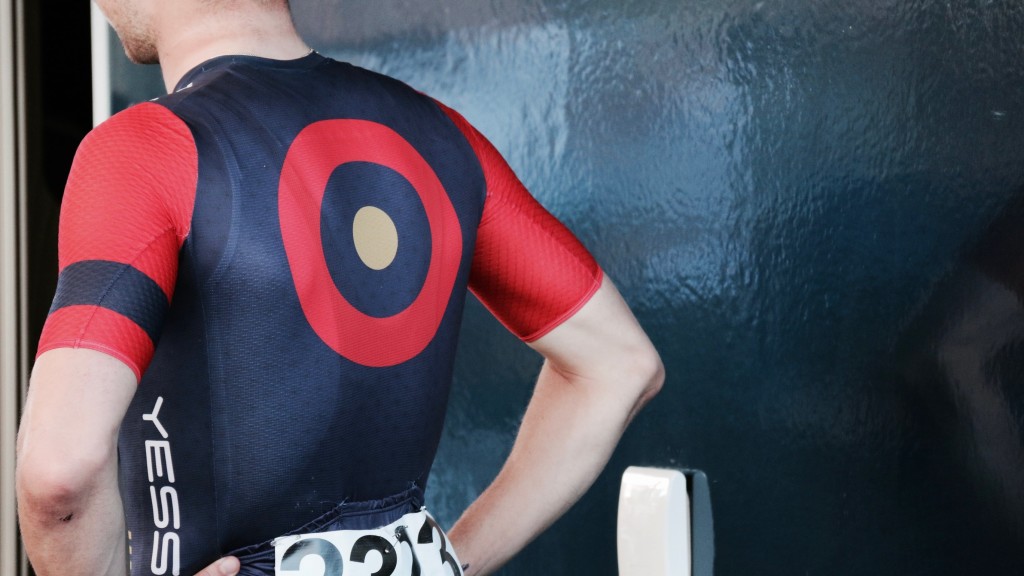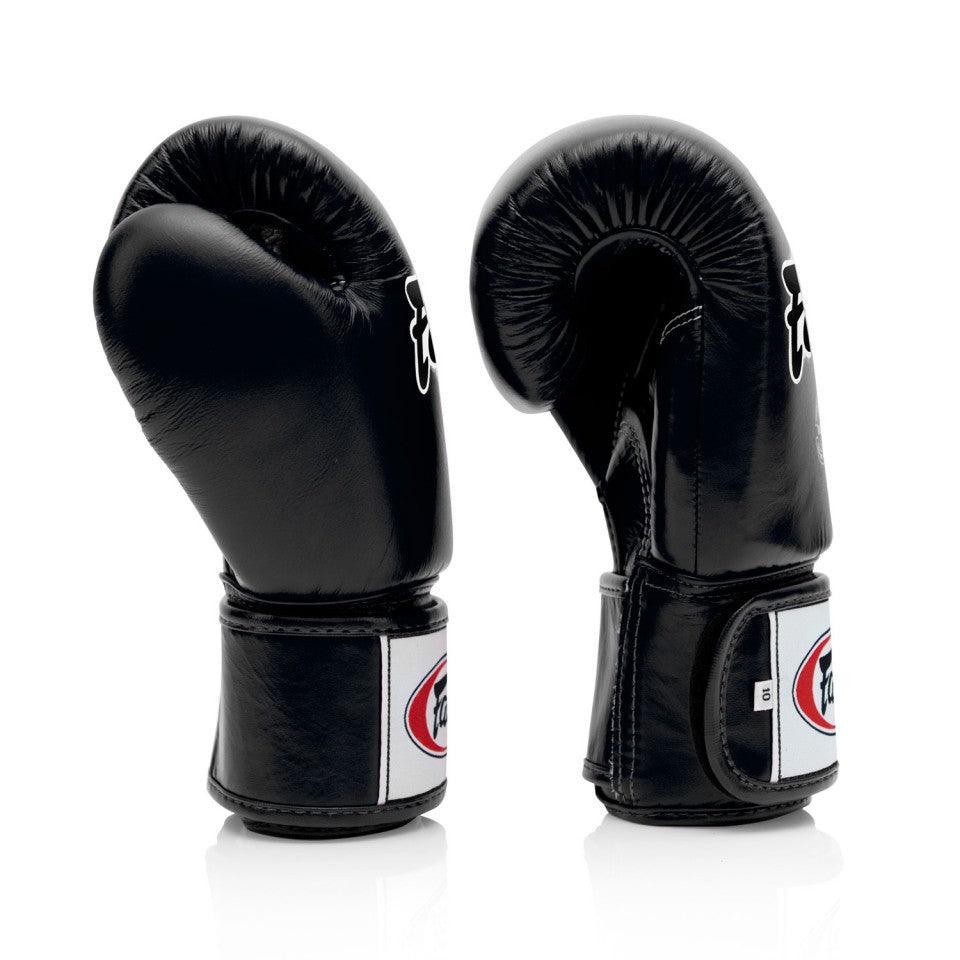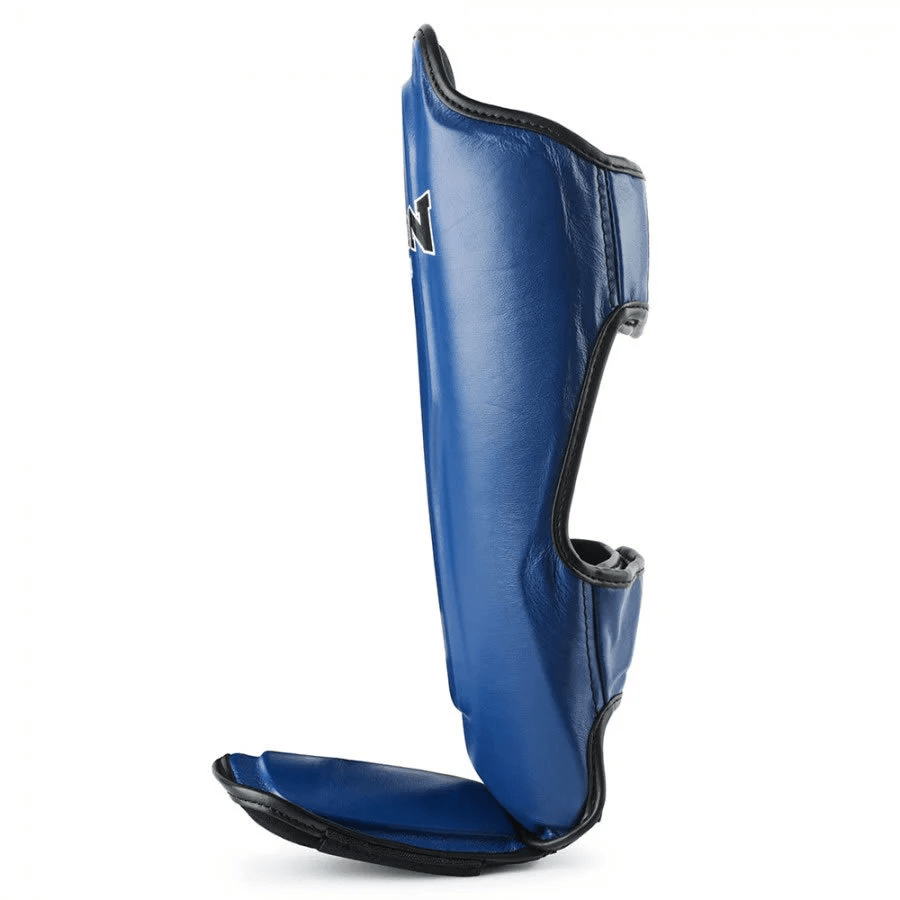Move, strike and defend just like in a fight
It's often you see beginners shadow boxing without proper motion or conviction as they don't yet understand the importance of it. Yet there isn't any excuse for more experienced practitioners to do the same given the importance of shadow boxing.
There's a ramp up phase when shadow boxing and it's likely you'll want to start slow, steady and loose. However, as you get more comfortable and warmer, pick up the pace, power and movement. Pay greater consideration to defence, countering and tactical thinking – just as if you were sparring or fighting. This last point is crucial as shadow boxing is one of the best opportunities for you to experiment and visualise fighting an opponent. Therefore, Muay Thai practitioners at any level needs to be shadowing boxing as if they were sparring or in a fight – remember not to neglect your defensive manoeuvres!
This is also crucial as it's very easy to develop bad habits in shadow boxing which get ingrained in your memory and then manifest themselves when you're hitting Thai pads or sparring. For example, if you're sloppy with your punches or throw them too short, it's likely you'll do the same (at least initially) when hitting a heavy bag or Thai pads.
Eyes forward, visualising a target
Building on the point above, it's important to look forward and visualise a target when shadow boxing. While there is some benefit in looking down and watching your foot movement for refinement purposes, don't do it too much and make a change if you catch yourself doing so for too long. After all, when fighting, looking down and away from your target can result you getting KO'd, so make sure to keep your eyes forward and focused on your opponent to be a better fighter.
By visualising a threatening opponent, you force yourself to keep your eyes on them as you would a real-life opponent. You can then act and react to their strikes that you visualise. Doing this makes shadow boxing as much of a mental exercise as a physical one. Exercising your visualisation ability will help when sparring and fighting, as you can start to see potential strikes that your opponent will throw and contemplate the best ways to respond.

Focus and refine
As mentioned above, shadow boxing is a great opportunity to experiment and refine techniques. For example, you can use it to hone a specific strike, combination or movement over and over again without any resistance or distractions. This purposeful practice is key to improvement and emphatically building individual aspects of your game, with the goal of making significant contributions to your overall game. Shadowboxing in front of a mirror is especially helpful for focusing on and refining your form and technique against imaginary opponents.
A useful way to do this is by having a particular focus in each round. For example, in round 1 you could focus on visualising a pressure fighter and working out how to deal with them. In the second round, shift the focus to refining your technique. This could involve working on specific punch combos or fine-tuning footwork. The possibilities and variety are endless.
Move!
Sometimes you may be confined by space when shadow boxing, however, you still need to move in the little space that you have. This is important as stationary shadow boxing does very little for building your skills and cardio, it also makes things highly unrealistic. Yes, many Muay Thai fighters like to stand and bang but that doesn't mean there isn't movement – in fact there is plenty of movement, much of it subtle and graceful. Therefore, make sure to move when shadow boxing. Think creatively about ways you can incorporate movement into and between your strikes and use it as an opportunity to measure how much you move when striking and what range you have. Bob and weave, dodge, and step to the side. Keep moving. Rest. Then start moving again. Just like in a real match.
Place emphasis on your overall movement and work on developing slick head and foot movement. Create angles and think about ways you can employ strikes at different angles for maximum effect.

Be in the moment
While shadow boxing is often used as a warm-up exercise, don't let your mind skip over it in anticipation of the main event. Instead, maximise the opportunities it presents. Focus yourself in the moment and get lost in your shadow boxing. Have your creativity flow and allow yourself to try out new things, refine specific motions, build on strengths, develop game plans and improve on your weaknesses.
Don't think about the rest of the training session, what you'll do after the session or what happened earlier in the day. Instead, focus on the moment and maximise your time. Allow yourself to work freely, with the utmost focus and consideration of your actions. With this mindset and approach, you will find shadow boxing an enjoyable exercise which helps you understand your strengths and weaknesses, while providing an opportunity for you to be creative and experiment with new things which you may not have realised you already know.
What are the benefits of shadow boxing?
Engaging in shadow boxing offers various advantages. Firstly, it enhances balance by engaging core muscles and improving stability. Secondly, it boosts muscle memory, essential for mastering Muay Thai skills and techniques. Thirdly, it provides a non-equipment workout option, ideal for training anywhere, anytime. Plus, longer, more intense workouts can aid in endurance and make you stronger over time. Incorporating shadow boxing into your routine can lead to improved overall performance, making you a better fighter. Improving balance, muscle memory, and endurance through regular shadow boxing drills can significantly enhance your boxing abilities.













